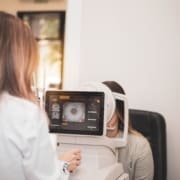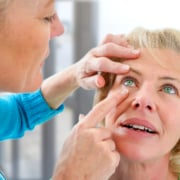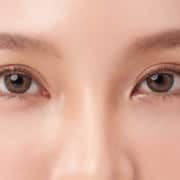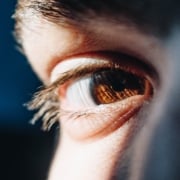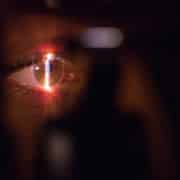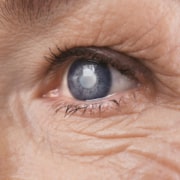Who is a Candidate for Corneal Transplant Surgery?
A corneal transplant replaces a damaged or diseased cornea with healthy tissue from a donor. The procedure aims to improve vision, relieve pain, and treat severe infections or damage.
During surgery, your eye surgeon removes and replaces the central part of your cornea with the donor cornea. This surgery may restore clear vision and enhance the quality of life for those with corneal conditions.
Recovery varies, but many patients experience significant improvements in vision over time. Your eye doctor will guide you through the post-surgery care process to ensure the best results.
Medical Conditions Requiring Corneal Transplant
Several conditions may necessitate a corneal transplant—keratoconus, where the cornea thins and bulges into a cone shape, distorts vision. Corneal scarring from injury or infection can cloud vision, making daily activities difficult.
Fuchs’ dystrophy causes swelling and clouding of the cornea, leading to blurred vision and discomfort. Other conditions include corneal ulcers and severe corneal infections.
If you experience severe corneal damage, vision problems, or pain from these conditions, a corneal transplant might be recommended. Symptoms include blurred vision, sensitivity to light, eye pain, and distorted vision, all of which can impact your daily life.
Evaluating Candidacy for Corneal Transplant Surgery
Doctors consider several factors to determine if you are a suitable candidate for a corneal transplant. Overall health is crucial, as conditions like uncontrolled diabetes or infections can affect surgery outcomes.
Eye health, including the condition of other parts of the eye, plays a significant role. Your doctor may suggest other treatments or surgeries before recommending a corneal transplant.
Comprehensive eye exams and a medical history review will help make this decision. If a corneal transplant is advised, your doctor will guide you through the preparation and recovery process to achieve the best possible outcome.
Pre-surgery evaluations include assessing corneal thickness and overall eye health to ensure that a corneal transplant is the best option for you.
Schedule a Corneal Transplant Consultation in Honolulu, HI
Ready to explore if a corneal transplant is right for you? Schedule a consultation with Jeffrey Maehara, MD, at Maehara Eye Surgery & Laser in Honolulu, HI, today.
Dr. Maehara will provide personalized care to help restore your vision. Call us at 808-955-3937 to book your appointment. Let us guide you towards clearer vision and improved eye health.

